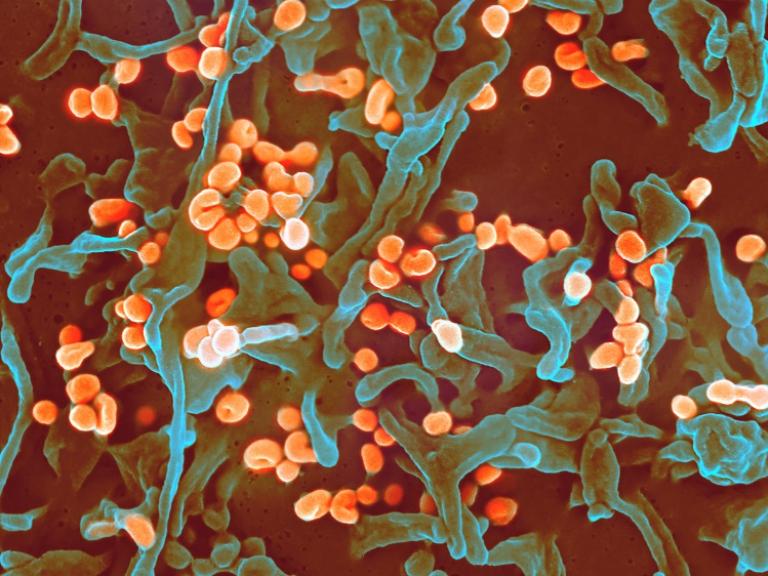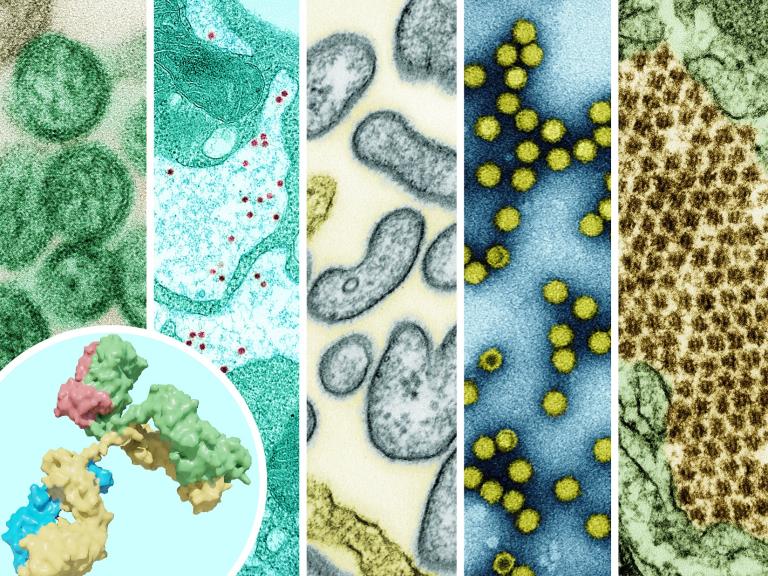The emergence and re-emergence of infectious diseases continues to threaten the health of Americans and people worldwide. In the past two decades NIAID has mounted major research responses and developed effective countermeasures to emerging infectious diseases including those caused by SARS-CoV-1, the 2009 H1N1 influenza virus, Middle East Respiratory Syndrome coronavirus (MERS-CoV), Ebola virus, Zika virus, and most recently SARS-CoV-2. The ongoing 2020 global pandemic caused by SARS-CoV-2 further has underscored the continual threat of newly emerging and re-emerging pathogens and the critical value of research in pandemic preparedness efforts.
To prepare for future public health emergencies caused by infectious diseases, NIAID has developed a Pandemic Preparedness Plan that leverages its broad research portfolio, long-standing expertise in product development, capacity to engage both domestic and international partners, and flexible infrastructure. While it is recognized that pathogens other than viruses could lead to public health emergencies, the NIAID Pandemic Preparedness Plan focuses on viruses that could cause epidemics or pandemics.
Goals for the NIAID Pandemic Preparedness Plan
- Systematically characterize pathogens of concern and increase research and surveillance to identify threats before they emerge
- Shorten timelines between pathogen emergence or outbreak onset and authorization/approval of candidate diagnostics and medical countermeasures, such as therapeutics and vaccines
- Bridge or eliminate existing gaps in research, infrastructure, and technology and expand pre-clinical and clinical testing capacity

Scanning electron micrograph of Lassa virus budding off a Vero cell.
Pandemic Preparedness Plan
NIAID published the Pandemic Preparedness Plan in December of 2021. The plan focuses predominantly on viruses that could cause epidemics or pandemics and prioritizes research on prototype-pathogens, representative pathogens from viral families known to infect humans, and high-priority pathogens most likely to threaten human health.

NIH Awards Establish Pandemic Preparedness Research Network
The research network will focus its research efforts on “prototype pathogens,” representative pathogens from virus families known to infect humans, and high-priority pathogens that have the potential to cause deadly diseases.


